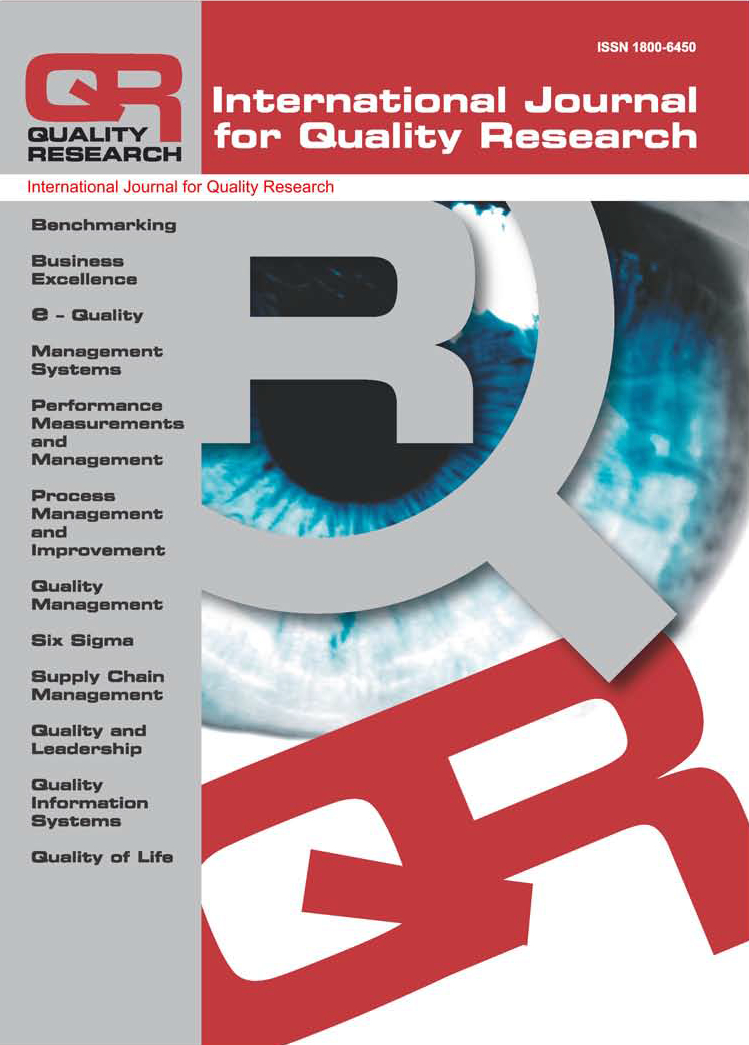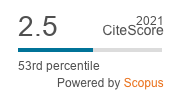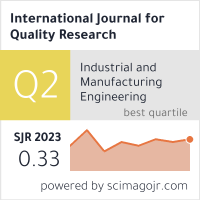REGIONAL ASPECTS OF THE ECONOMY MODERNIZATION: THE QUALITATIVE EVIDENCE FROM EU COUNTRIES
Liudmyla Ladonko,
Nataliia Mozhaikina,
Zoriana Buryk,
Ihor Ostrovskyi,
Volodymyr Saienko
Abstract: This research uses statistical analysis based on World Bank (2021) indicators to assess the modernization of the Polish economy during the period of transformation and accession to the EU. In particular, the change of socio-economic indicators of Poland's development in 1995-2020, indicators of the structure of Poland's economy in 1995-2020, the structure of the gross value added of Poland's GDP in 1995-2020, indicators of Poland's trade-in 1995-2020 were assessed. The processes of the post-socialist transformation contributed to increasing the competitiveness of the Polish industry and reducing the gap between Poland and the European Union, increasing the ratio of exports to GDP in the context of a moderate current account deficit, hovering around 4% of GDP. Poland's economy grew at more than 4% per year, which, combined with a rising real exchange rate trend, resulted in a near doubling of GDP per capita in less than a decade. There are differences in GDP trends between the 1991-2000 modernization period (2001 was chosen as the turning point due to the GDP growth rate dropping to 1.26%) and the accession and post-accession period for Poland. In the period of modernization and EU integration, the industrial sector produced 33.5% in 1995, 28.6% in 2005, and 28.8% in 2010, and employment was 33.1% in 1995, 29.25% in 2005, and 30.3% in 2010.
Keywords: Regional Modernization; EU Countries; Integration; Qualitative Information; Economic Transformation; Market Relations
DOI: 10.24874/IJQR16.03-13
Recieved: 01.06.2021 Accepted: 17.04.2022 UDC: 339.92
Reads: 1330 








